A newly developed nanoparticle-based vaccine successfully prevented melanoma, pancreatic, and triple-negative breast cancers in mice. | Drug Discovery And Development
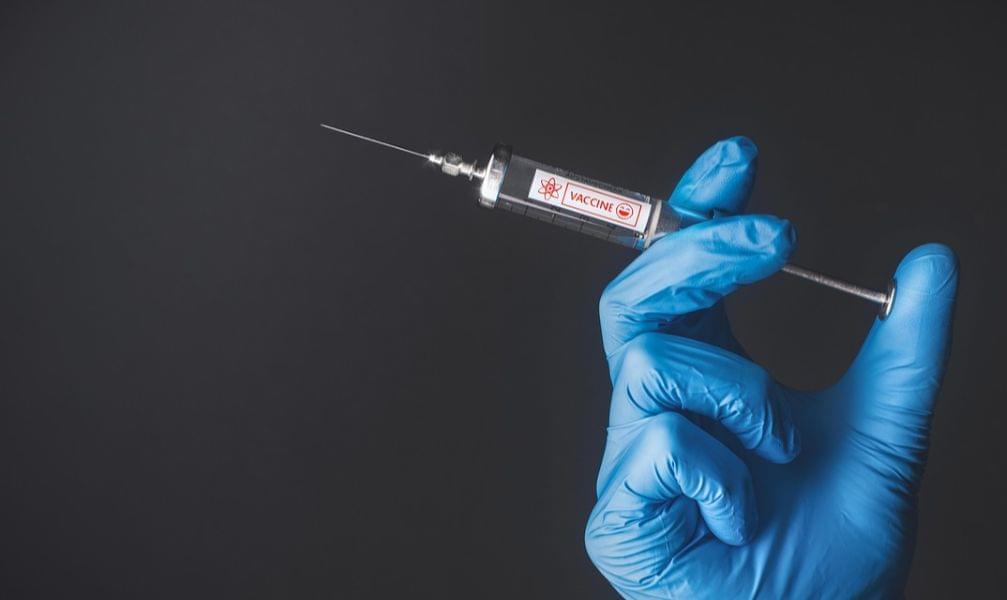


There are a wide range of applications for Fu and Yao’s new neuron, from redesigning computers along bio-inspired, and far more efficient principles, to electronic devices that could speak to our bodies directly.
“We currently have all kinds of wearable electronic sensing systems,” says Yao, “but they are comparatively clunky and inefficient. Every time they sense a signal from our body, they have to electrically amplify it so that a computer can analyze it. That intermediate step of amplification increases both power consumption and the circuit’s complexity, but sensors built with our low-voltage neurons could do without any amplification at all.”
The secret ingredient in the team’s new low-powered neuron is a protein nanowire synthesized from the remarkable bacteria Geobacter sulfurreducens, which also has the superpower of producing electricity. Yao, along with various colleagues, have used the bacteria’s protein nanowires to design a whole host of extraordinary efficient devices: a biofilm, powered by sweat, that can power personal electronics; an “electronic nose” that can sniff out disease; and a device, which can be built of nearly anything, that can harvest electricity from thin air itself.

There could soon be a new way to interact with your favorite AI chatbots—through the clothing you wear. An international team of researchers has developed a voice-sensing fabric called A-Textile. This flexible patch of smart material turns everyday garments into a kind of microphone, allowing you to speak commands directly to what you’re wearing. This lets you communicate with AI systems such as ChatGPT or smart home devices.
Wearable devices that sense and interact with the world around us have long been the stuff of science fiction dreams. However, traditional sensors currently in use are often bulky, rigid and uncomfortable. They also lack sensitivity, meaning they struggle to hear soft or normal speaking voices, making it hard for AI to understand commands.
The researchers addressed this issue by exploring triboelectricity, the principle behind static electricity. A-Textile is a multi-layered fabric, and as you move the layers, they rub together to create a tiny electrostatic charge on the fabric. When you speak, the sound waves cause the charged layers to vibrate slightly, generating an electrical signal that represents your voice. To boost the signal, the team embedded flower-shaped nanoparticles into the fabric to help capture the charge and prevent it from dissipating. This ensures it is clear enough to be recognized by AI.
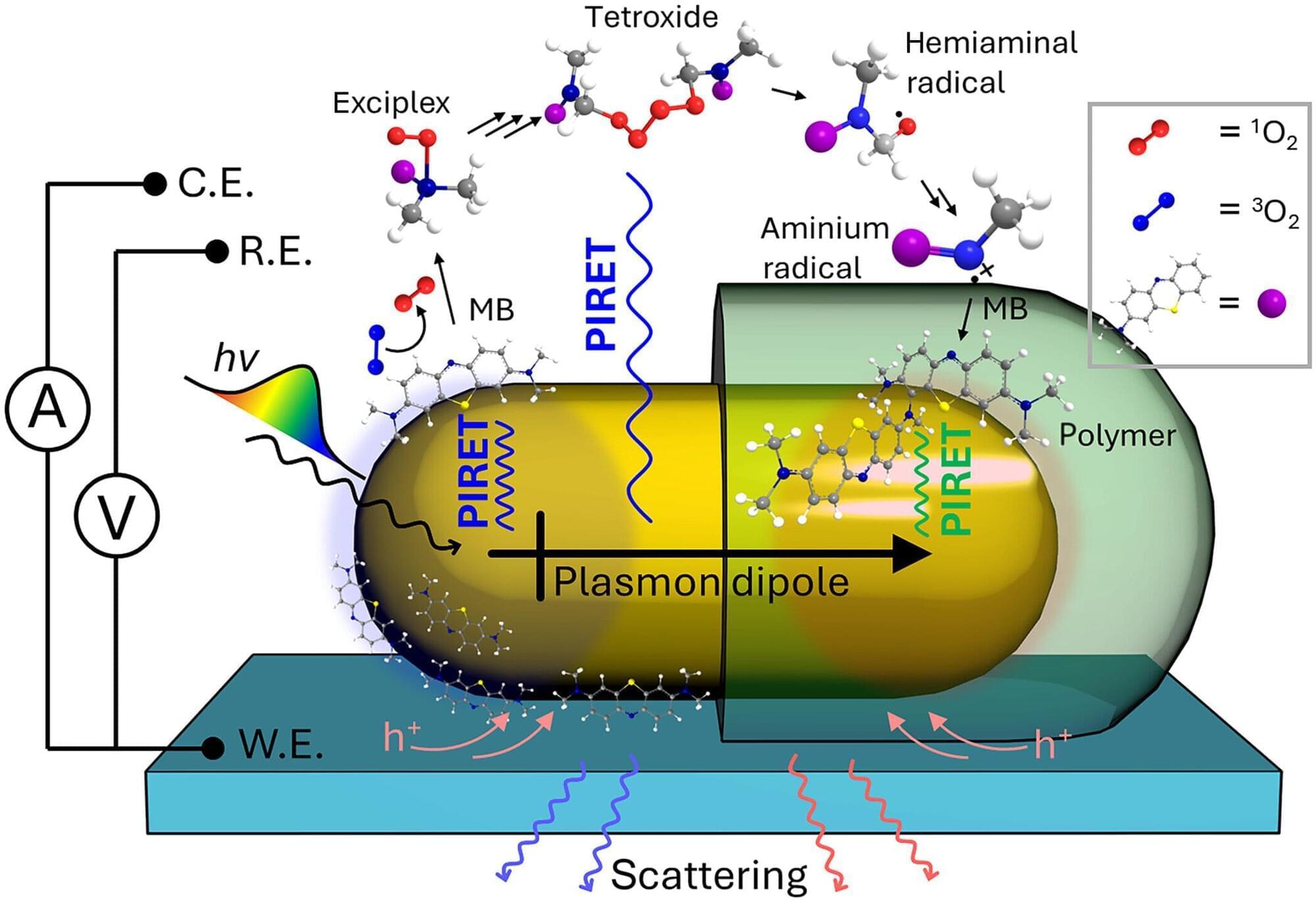
Scientists are exploring many ways to use light rather than heat to drive chemical reactions more efficiently, which could significantly reduce waste, energy consumption, and reliance on nonrenewable resources.
A team of chemistry researchers at the University of Illinois Urbana-Champaign has been studying plasmon-induced resonance energy transfer (PIRET)—conveying energy from a tiny metal particle to a semiconductor or molecule without the need for any physical contact.
“If you’d like to do chemistry with light, then your first step would be to use that light as efficiently as possible,” said Illinois chemistry professor Christy Landes, who co-leads the research team exploring this innovative research. “And one of the most efficient ways to use light is to use plasmonic metal nanoparticles, because they are better than just about any other material at absorbing and scattering light.”

A research team has co-developed a nanomaterial-based ‘wireless multi-sensing platform’ for the early detection of pressure injuries, which have a high prevalence among individuals with limited mobility, including the elderly and people with disabilities. The team’s findings are published in Advanced Functional Materials.
Pressure injuries are among the most painful conditions affecting elderly and disabled individuals in long-term care and rehabilitation facilities. They result from sustained pressure that damages skin tissue, making regular repositioning and meticulous hygiene care essential.
For patients with limited mobility, in particular, contact with bio-contaminants such as urine and feces can further irritate the damaged skin and worsen the injuries. However, in hospital settings, a shortage of caregivers or staff makes real-time monitoring of patients’ conditions extremely challenging.
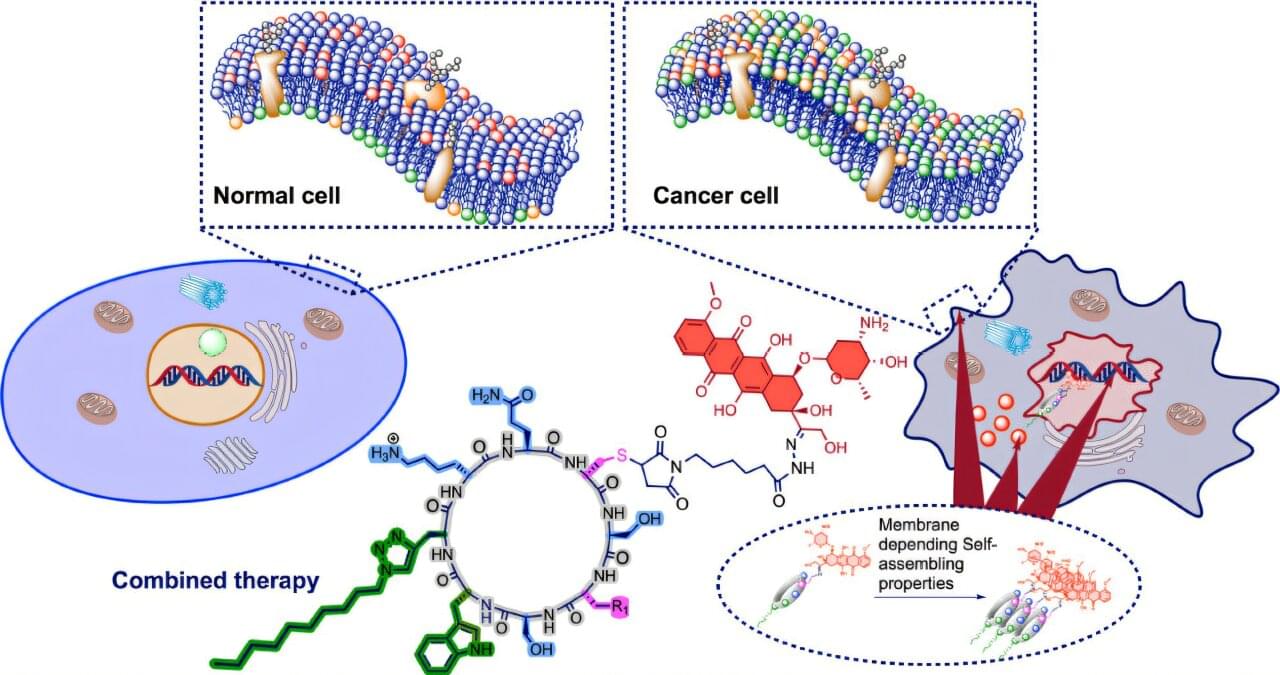
A research team at CiQUS (University of Santiago de Compostela, Spain) has unveiled an innovative molecular approach that enables anticancer drugs to reach the nucleus of tumor cells, where they can exert their therapeutic effect. The study focused on doxorubicin, a widely used chemotherapy agent. Prolonged exposure to this drug often leads to the emergence of resistant cells, a major clinical challenge that this strategy successfully overcomes while preserving the drug’s antitumor activity.
The approach builds on a simple but powerful concept: the ability of cyclic peptides —small amino acid rings— to stack and self-assemble into hollow cylindrical structures (nanotubes) on the surface of cancer cell membranes. The system, developed by the team led by Juan R. Granja, couples doxorubicin to these peptides and directs it to the cell nucleus through a delivery pathway that differs from the drug’s usual mechanism. This allows the drug to bypass the cellular resistance mechanisms that would normally deactivate it.
Compared with healthy cells, cancer cell membranes contain higher levels of negatively charged lipids. The cyclic peptides used in this study display a strong affinity for these anionic surfaces, facilitating their interaction with tumor cells. As a result, the peptide–drug conjugates enter resistant cells and travel towards the nucleus, where doxorubicin intercalates with DNA to trigger its cytotoxic effect.
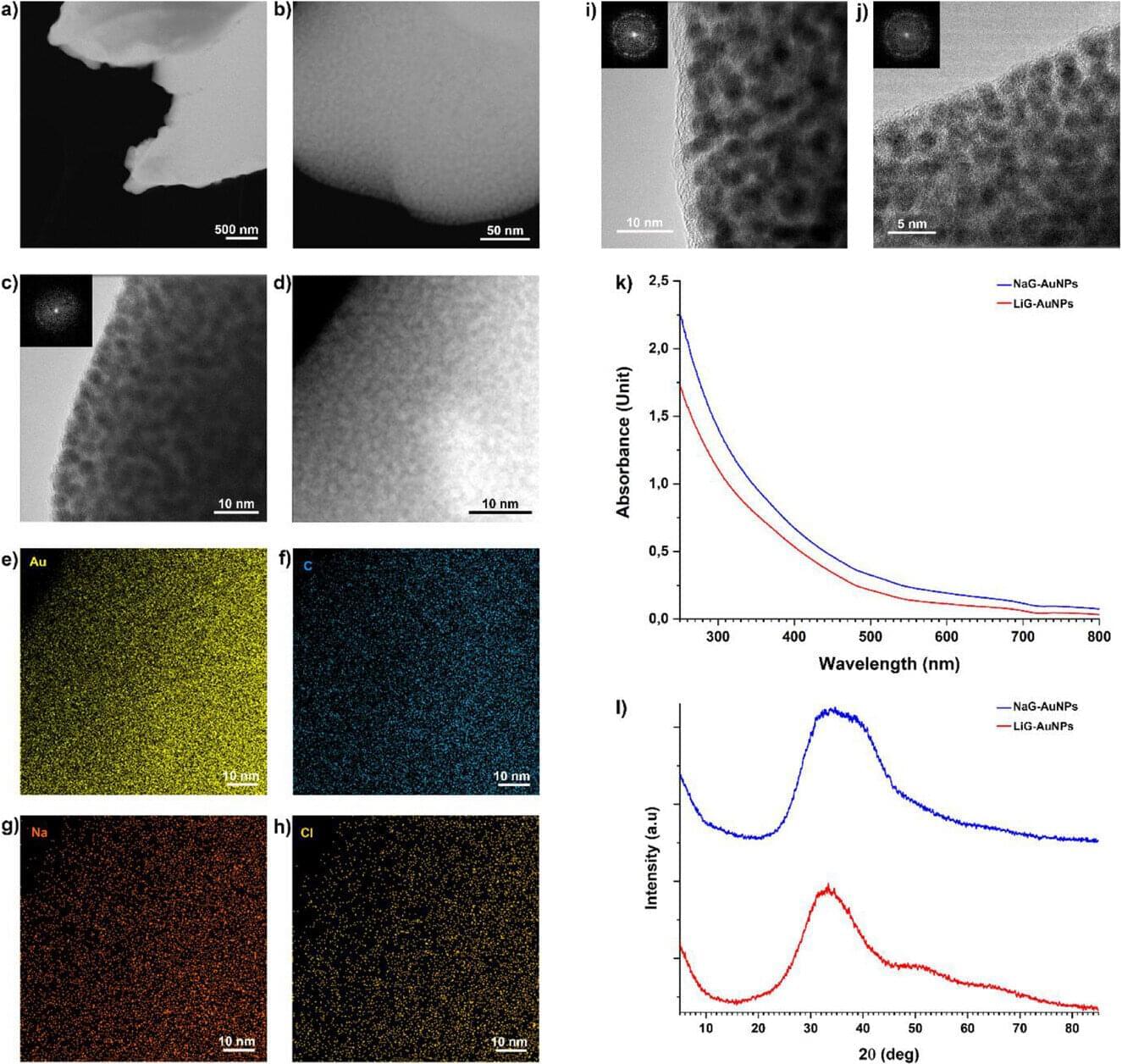
Tiny gold particles that act as carriers for lithium can be delivered directly to the brain in the form of a nasal spray. Developed by scientists at the Università Cattolica Rome campus/Fondazione Policlinico Universitario A. Gemelli IRCCS, the new nanotechnological device can be used for the treatment and prevention of neuropsychiatric and neurodegenerative diseases.
Lithium is already in clinical use for manic-depressive syndrome, but in oral formulation it is not free of side effects. It is used to combat neuropsychiatric diseases such as bipolar disorder, neurodegenerative diseases such as Alzheimer’s disease, and brain infections such as those caused by Herpes Simplex Virus type 1, which several recent studies have linked to an increased risk of neurological diseases.
Published in the journal Advanced Materials and already patented, the idea is the result of a study that demonstrated that it is possible to directly inhibit the activity of an enzyme that plays a key role in the development of these diseases (glycogen synthase kinase-3 beta, GSK-3β) directly in the brain by using lithium delivered by intranasally administered gold nanoparticles.
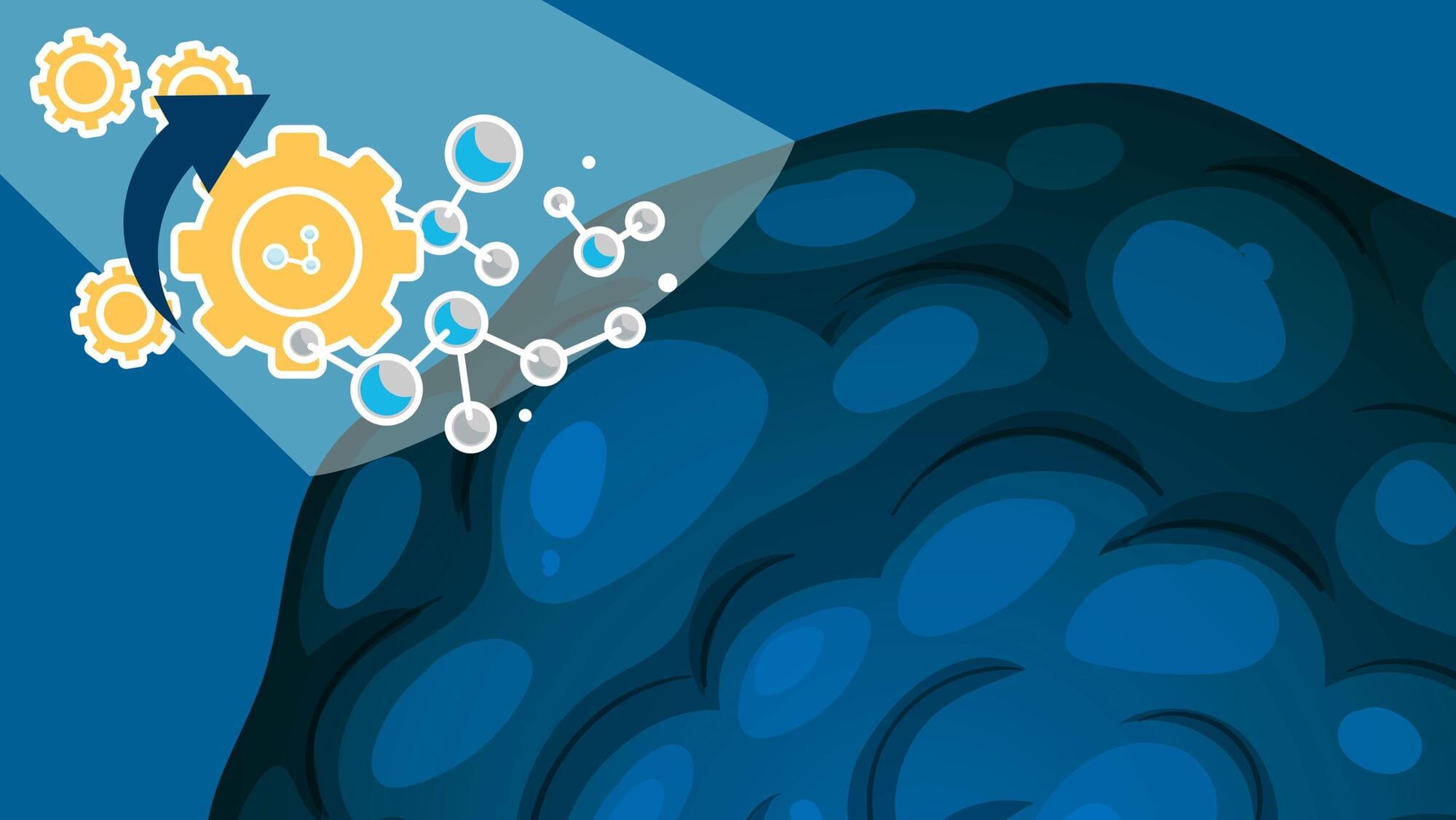
Imagine tiny machines, smaller than a virus, spinning inside cancer cells and rewiring their behavior from within. No surgery, no harsh chemicals, just precision at the molecular level.
Two researchers from the Artie McFerrin Department of Chemical Engineering at Texas A&M University are investigating light-activated molecular motors—nanometer-sized machines that can apply mechanical forces from within cells to target and selectively disrupt cancerous activity.
Chemical engineering professor Dr. Jorge Seminario and postdoctoral associate Dr. Diego Galvez-Aranda have contributed to pioneering research by demonstrating a new frontier in non-invasive cancer therapies. The recently published manuscript in the Journal of the American Chemical Society continues this line of investigation.

For the first time, researchers have successfully fabricated and characterized a fully functional mirror-image nanopore—a molecular gateway built entirely from D-amino acids, the mirror-image forms of the natural building blocks of proteins. The work, led by Prof. Dr. Kozhinjampara R. Mahendran at the Rajiv Gandhi Center for Biotechnology (India) in collaboration with Constructor University and other partners, demonstrates not only a major milestone in nanoscience but also opens promising biomedical applications, including potential cancer therapies.
Proteins in nature are almost exclusively built from L-amino acids, while their D-amino acid counterparts usually play only minor roles. Constructing entire proteins from D-amino acids is extremely challenging, yet offers striking advantages: Such mirror-image structures are often more resistant to degradation and may interact differently with biological systems.
In this study, the team designed a synthetic stable and well-defined D-peptide pore called DpPorA. Remarkably, by modifying the charge distribution, they were able to create superior versions of these pores with enhanced conductance and selectivity under different salt conditions.

Magnetic materials have been known since ancient times and play an important role in modern society, where the net magnetic order offers routes to energy harvesting and data processing. It is the net magnetic moment of ferromagnets that has so far been key to their applications, with an alternative type of magnetic material, the antiferromagnet, deemed “useless” by their discoverer Louis Néel in his Nobel Prize lecture.
In recent years, there has been increasing interest in antiferromagnets, which offer a number of exciting advantages for technologies including robust order and ultrafast dynamics—however with the challenge that they are hard to detect and manipulate electrically.
The recent discovery of a new type of magnetic order—the altermagnet—has overturned this view: by combining antiferromagnetic ordering with ferromagnet-like properties such as spintronic effects, they promise a multitude of advantages for future applications.